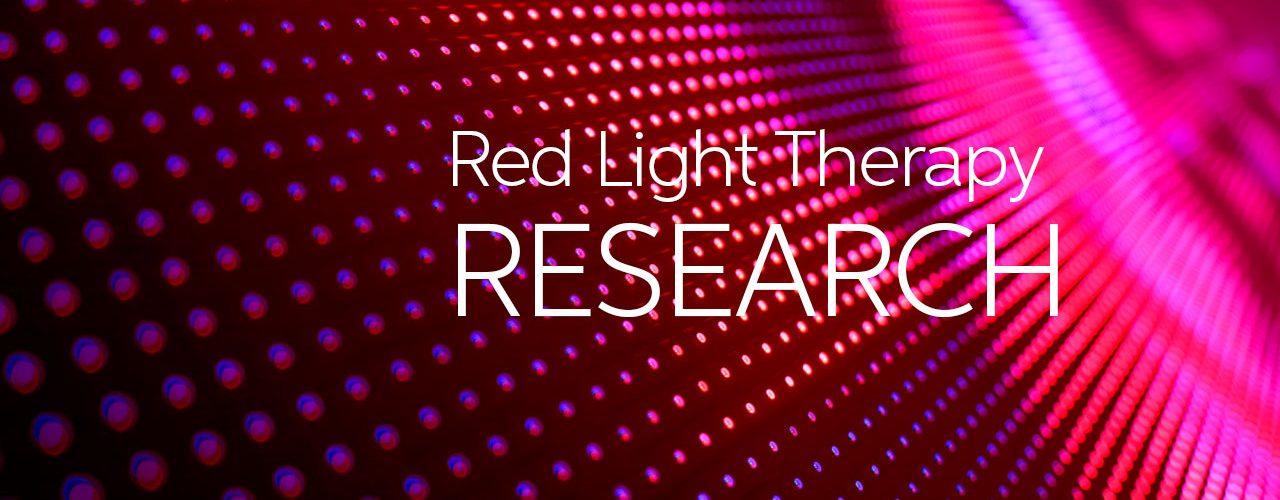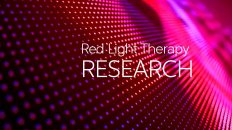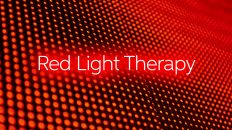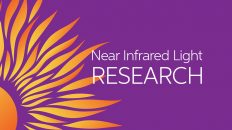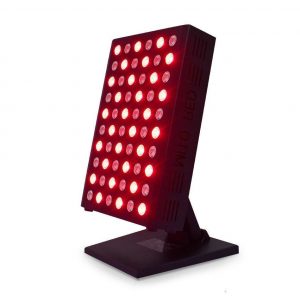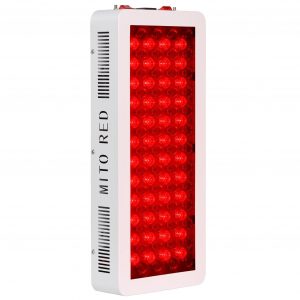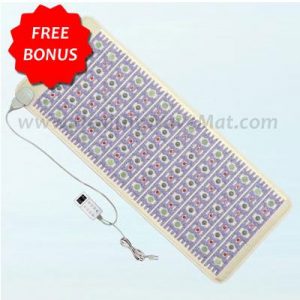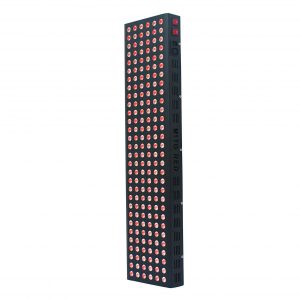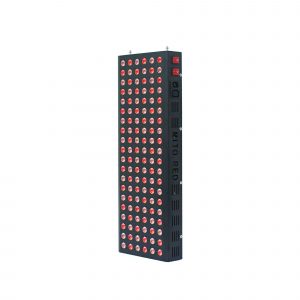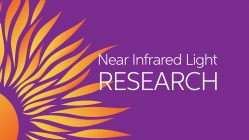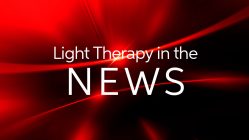Photobiomodulation (earlier terms: low level laser therapy, LLLT, laser biostimulation) has been used in clinical practice for >40 years by now, and its action mechanisms on cellular and molecular levels have been studied for >30 years.
Enthusiastic medical specialists successfully used photobiomodulation in treating healing-resistant wounds and ulcers (e.g., chronic diabetic ulcers), in pain management, and in spinal cord and nervous system injuries when other methods had had limited success.1
However, photobiomodulation is still not a part of mainstream medicine.
The goal of the present Editorial is to highlight some important recent developments in clinical applications and in studies of cellular and molecular mechanisms behind the clinical findings.
One of the impressive and perspective challenges for photobiomodulation is its use in cases of Parkinson’s disease. Research in recent years evidenced that neuroprotective treatment with red and near infrared radiation (NIR) prevented mitochondrial dysfunction and dopamine loss in Parkinson’s disease patients.2 In another set of experiments, NIR normalized mitochondrial movement and axon transport, as well as stimulating respiration in cytoplasmic hybrid (“cybrid”) neurons.3,4 It is important to recall that reduced axonal transport contributes substantially to the degeneration of neuronal processes in Parkinson’s disease.
Another development in recent years is the successful stimulation of stem cells with red and NIR radiation. One example is the treatment of myocardial infarction. The heart has been considered a post-mitotic organ lacking the capacity for self-renewal after injury. Surprisingly enough, human cardiac stem cells, in combination with bone marrow mesenchymal stem cells, were found to reduce infarct size and restore cardiac functions after myocardial infarction.5 This positive effect can even be increased by irradiation of stem cells. Mesenchymal stem cells were derived from bone marrow and adipose tissue, and stimulated by irradiation at λ=810 nm. Implantation of irradiated cells into the infarcted rat heart resulted in an ∼50% decrease in cardiac infarct size.6 An increase in proliferation rates and membrane potential was established after 532 nm irradiation of adipose tissue-derived stem cells.7 A recent review8 summarized data about enhancement of the proliferation of various cultured cell lines, including stem cells, as well as cell lines used for the production of viral vaccines and hybrid cell lines. The review8 underlined that photobiomodulation improves the proliferation of cells without causing any cytotoxic effects. One has to emphasize that laser therapy shares none of the risks associated with stem cell therapy, requires no anesthesia, and is painless.9 The optimal light parameters in this review8 were found to be as follows: doses were 0.5–4.0 J/cm2 and wavelengths ranged from 600 to 700 nm. It is important to recall that, in this particular wavelength range, two peaks in absorption and action spectra connected with activation of cytochrome c oxidase (the primary photoacceptor for photobiomodulation effects) are situated.10 The peak at 620 nm belongs to reduced CuA, and that at 680 nm, to oxidized CuB atoms in cytochrome c oxidase molecule.11
The treatment of vitiligo (a depigmentary disorder) remains a challenge for clinical dermatologists. He-Ne laser irradiation was found to stimulate melanocyte proliferation.12 The expression of phosphorylated cyclic-adenosine monophosphate (AMP) response element-binding protein, an important regulator of melanocyte growth, was upregulated by He-Ne laser treatment. He-Ne laser irradiation imparted a growth stimulatory effect on functional melanocytes via mitochondria-related pathways.12
Irradiation with red light caused gene and noncoding RNA regulation for photoacceptor protection in the retina. This finding may open a new challenge for photobiomodulation.13
One of the major dose-limiting effects of chemotherapy drugs is oral mucositis of treated patients. Oral mucositis can affect up to 100% of patients undergoing high-dose chemotherapy and hematopoietic stem cell transplantation. Photobiomodulation can improve tissue repair and immune response in these patients.14
Photobiomodulation has been shown to improve functional outcome after surgical intervention to repair injured nerves. LED irradiation at 810 nm accelerated functional recovery and improved the quality of nerve regeneration after autograft repair of severely injured peripheral nerves.15
Forehead treatments with NIR reversed major depression and anxiety.16 Transcranial NIR laser therapy was investigated as a new neuroprotective treatment for acute ischemic stroke.17 The authors of these studies believe that the irradiation promoted functional and behavioral recovery via cellular mitochondrial mechanisms, as well as by enhancing cerebral blood flow.
Photobiomodulation altered cardiac cytokine expression following acute myocardial infarction,18 as well as protected cardiomyocytes from hypoxia and reoxygenation injury via nitric oxide-dependent mitochondrial mechanisms.19
The analgetic effects of photobiomodulation have been studied for years, and are documented rather well.20 Light treatment (λ=635 nm) of open skin wounds of corticosteroid-treated diabetic rats was useless, as compared with nonsteroid laser treatment, in which case a significant acceleration of epitalization and collagen synthesis was observed.21 This finding could probably explain why in some clinical cases the laser treatment of wounds has a low efficiency. At the same time, irradiation at 660 nm was effective for collagen production in diabetic wounded fibroblasts.22
I will conclude by discussing “mitochondrial mechanisms of photobiomodulation,”23 the term used widely in recent years for molecular and cellular mechanisms of light action. The rather old suggestion10,11 that the photoacceptor for photobiomodulation effects is cytochrome c oxidase has been confirmed by now.24 The new data25 support the old conclusion that photobiomodulation is more pronounced in ill or otherwise stressed cells, as compared with healthy cells with plenty of oxygen available.26 The terminal enzyme of the mitochondrial respiratory chain and its electronic excitation by light with proper parameters causes retrograde light-sensitive cellular signaling events to transport the light signal from mitochondria to the nucleus to cause gene expression.27 The gene expression events caused by irradiation are confirmed, and have been studied in more detail in recent years.28,29
SOURCE: https://www.ncbi.nlm.nih.gov/pmc/articles/PMC3643261/

